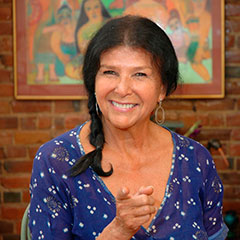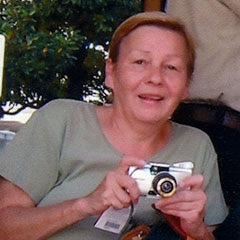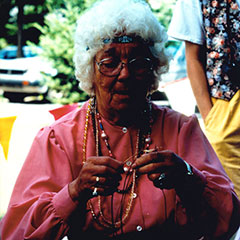Today
In October 1759, the fortified village of Odanak was destroyed during an attack led by British Major Robert Rogers. War was raging at the time between England and France. France eventually lost the war, along with almost all of its territory in North America. The village of Odanak was rebuilt in 1760 and life went on. The Abenaki village no longer had to be fortified since it was no longer part of a strategic defence system. The First Nations gradually lost their military role in the colonies. Therefore, the colonial authorities developed new strategies to maintain their ties with Aboriginal groups. For example, they began to consider initiatives aimed at “civilizing” Aboriginal people. The governor of the British colonies suggested that the First Nations settle in small villages — the first Aboriginal reserves — located in areas where the land was fertile and suitable for farming. He stipulated that each village had to have a missionary and an agent of Indian affairs, whose role would be to persuade the First Nations to abandon their traditional way of life and adopt a much more sedentary lifestyle based on farming and Christianity — in short, a lifestyle like that of the British. Despite certain difficulties, the British Government maintained its “civilization” program for nearly 150 years.
In 1839, the Crown Lands Protection Act made the Government the guardian of all Crown lands. Designed first and foremost to manage the colonization process, the Act defined Aboriginal land as Crown lands to be protected by the Crown. It thus protected First Nations interests by restricting settlers’ access to such land. In 1857, the new Gradual Civilization Act came into effect. It offered land and financial incentives to all First Nations individuals who could read and write and who agreed to abandon their traditional lifestyle and adopt a “civilized” way of life.
The Indian Act was introduced in 1876. Under this Act, the Canadian Government could intervene in a wide variety of internal band issues. For example, it determined who was to be recognized as an Indian and then managed the person’s rights and incapacities. In keeping with this assimilationist approach, the federal Department of Indian Affairs assumed full responsibility for managing the land, resources and money of all First Nations individuals in Canada. Even though the Indian Act was amended nearly every year between 1876 and 1927, it remained restrictive. Band councils were subjected to new rules, and Aboriginal people were urged to abandon their traditional ways.
As of 1857, and particularly 1883, the Government decreed that Aboriginal residential schools would be the main means for “civilizing” First Nations youth. Some 150 000 Aboriginal children were taught the same subjects as Canadian children In 132 Catholic, Anglican, Presbyterian and United Church residential schools across Canada. However, the Aboriginal children had to give up their traditional language, spirituality and way of life. The last residential school closed its doors in 1996.
Today, there are over 10 000 Abenakis living for the most part in Canada and the United States. Many have gained recognition for their outstanding role in the defence of Aboriginal rights as well as in culture, the arts and literature, including Alanis Obomsawin (documentary filmmaker, National Film Board of Canada), Jean-Paul Nolet (news anchor, Radio-Canada), Christine Sioui-Wawanoloath (artist and author), Evelyn O’Bomsawin (pioneer in the defence of Aboriginal women’s rights in Québec) and Sylvia Watso (co-founder of the Québec Native Women’s Association), to name just a few.





